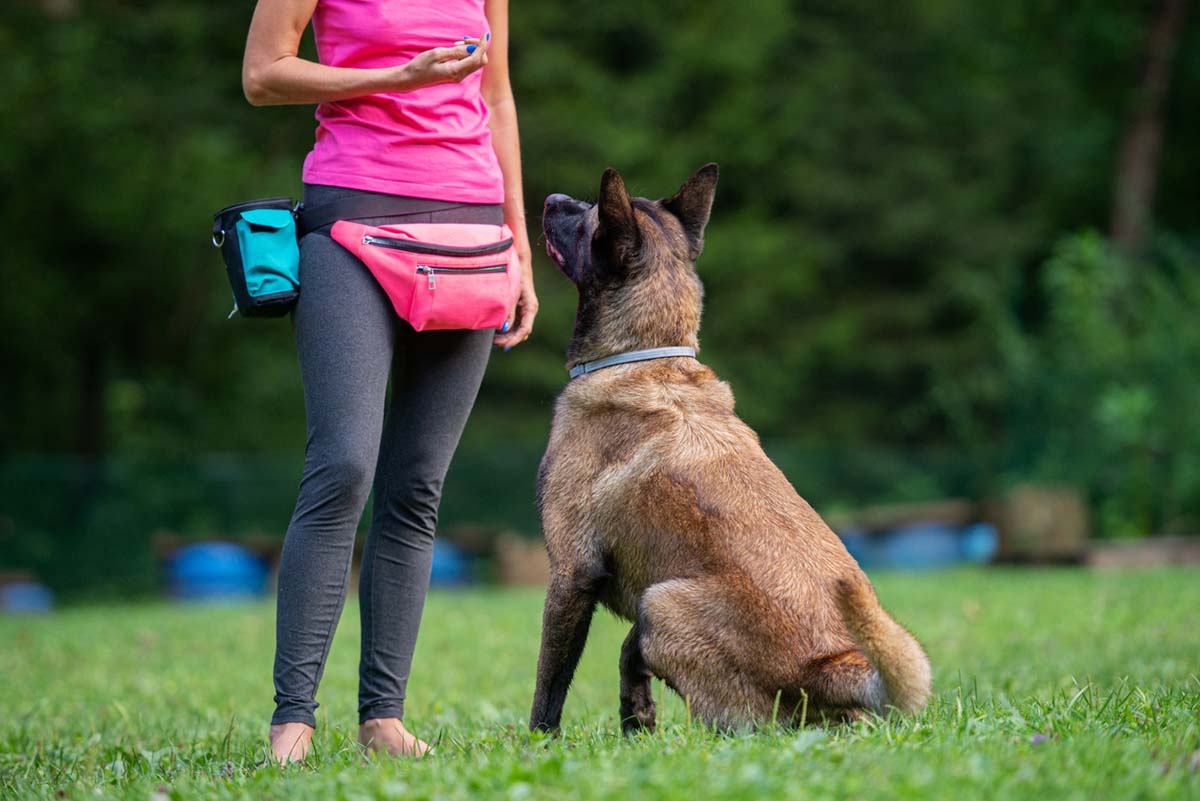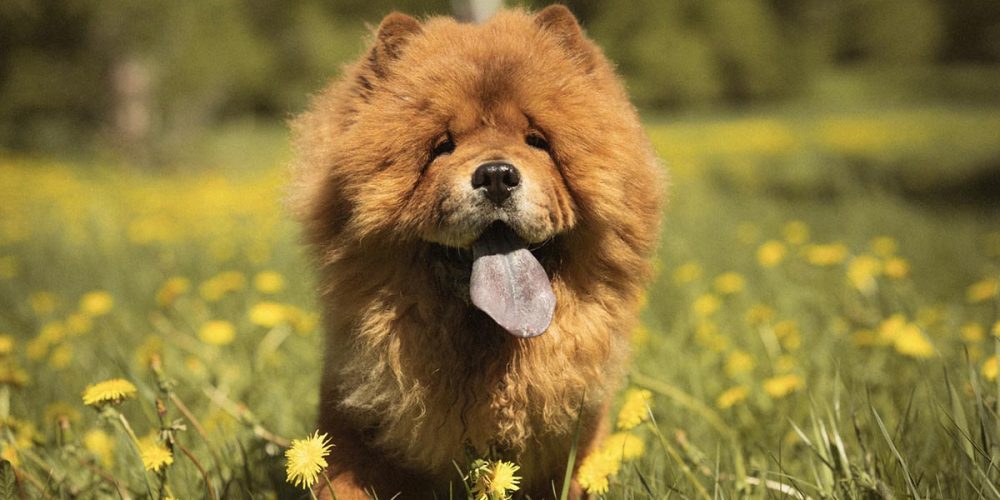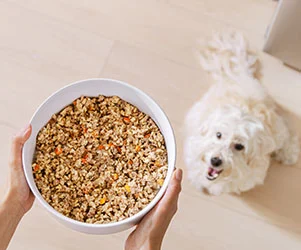Key takeaways
Training is about more than “sit” and “stay.” The way you train shapes your dog’s behavior, confidence, and your bond together. Here are some of the most common mistakes dog parents make, according to certified professional dog trainer Jaime Bast:
-
Waiting too long to start training (puppies are learning from day one)
-
Using punishment instead of positive reinforcement
-
Skipping socialization, which can lead to fear or reactivity
-
Rewarding bad habits by accident (like jumping or nipping)
-
Not involving the whole family, causing mixed signals
-
Avoiding professional help when issues get tough
-
Expecting quick results instead of steady progress
-
Skipping crate training, missing a valuable safety tool
-
Training in distracting environments too soon
-
Forgetting to make training fun for both you and your pup
Each of these mistakes has an easy fix—and understanding them can transform training into a positive, confidence-building experience for your dog (and less stress for you).
Dog training is key to your dog’s happiness—and yours! Good training helps your dog learn good behavior and helps build a strong, trusting bond.
But there’s more to a training session than “Come,” “Sit,” and “Stay.” Whether you’re a first-time dog owner or you’ve had many canine companions, you can learn from these 10 common dog training mistakes.

1. Waiting too long to start
Some people think they have to wait until a puppy is 6 months old to begin training. But puppies are always learning! In the first weeks and months, puppies are like sponges—they take in everything around them and learn fast. Waiting too long can lead to bad habits that are harder to fix later.
Short training sessions—30 seconds to a few minutes—done a few times each day are great for a puppy’s short attention span. You can start these on day one!
2. Using harsh corrections or punishment
You don’t have to be the “alpha” or “pack leader” to train your dog. Harsh training methods like collar corrections, alpha rolling, shock collars, and using a stern tone of voice—can harm more than they help.
Positive reinforcement training uses science-based methods to help you and your dog understand each other. By rewarding good behaviors instead of punishing the ones you don’t like, your dog will be more confident, trusting, and well-behaved.
3. Not socializing your dog
Dogs, especially puppies, need to feel safe in the world around them. Socialization means gently introducing them to different environments, situations, people, and pets, so they learn they’re not scary.
Focus on creating positive associations with new things to help your puppy or dog feel safe. Make sure to include things like grooming, veterinary visits, car rides, and handling and restraint. Check with local trainers to see if they offer puppy socialization classes.
Because young puppies are still building immunity, ask your veterinarian when it’s safe to start taking them to new places. Avoid high-risk areas like dog parks and pet care stores.
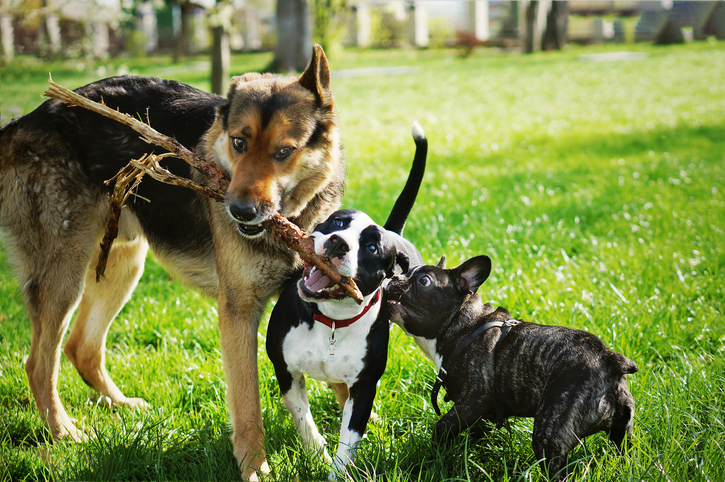
4. Accidentally rewarding bad behaviors
Behaviors like jumping up on family members, nipping, or chewing may seem harmless when your dog is a puppy, but they become bad habits later.
Keep your puppy in a safe, puppy-proofed area where they can’t get into trouble, and be consistent about what behaviors you reward.
5. Not including the whole family
If only one person in the household is doing the training, your dog may get confused. Everyone who interacts with the dog should understand the training goals and expectations, use the same visual or verbal cues, and reward the same desirable behaviors. Consistent training helps your dog learn faster and avoid frustration or setbacks.
6. Skipping professional help
Dog training is a partnership—and that means you’re learning, too! Professional dog trainers can help you build a strong foundation of communication and basic obedience. They’ll also teach you dog body language and help you avoid or fix common dog training mistakes.
Without a professional trainer, small missteps can go unnoticed. Serious behavior problems like resource guarding, aggression, or fear rarely go away on their own. These are best handled early with the help of a qualified trainer.
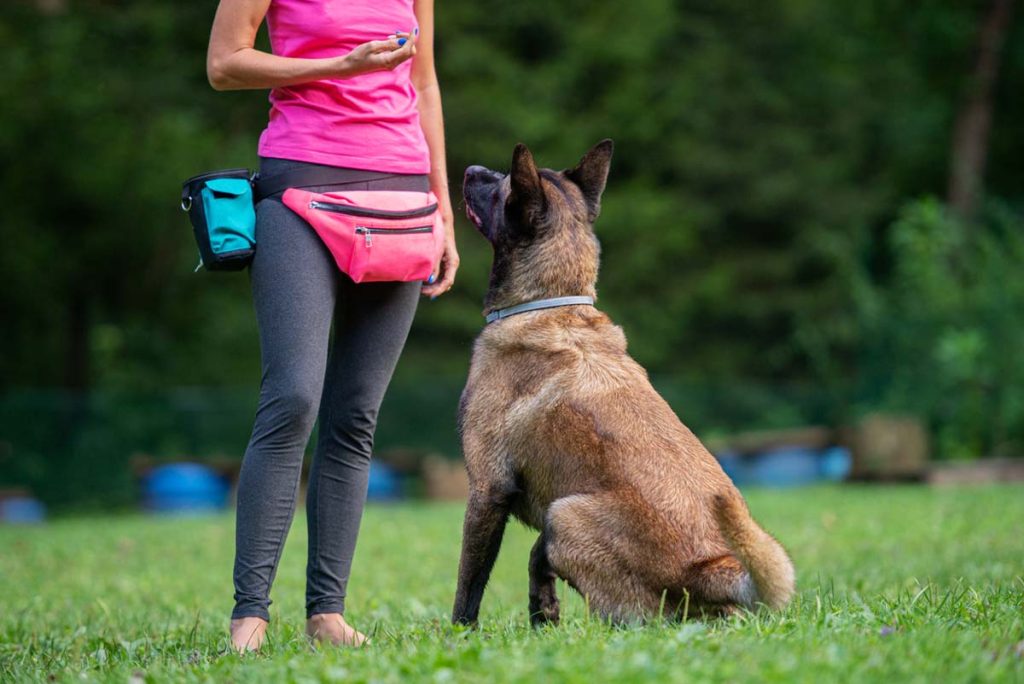
7. Expecting too much too soon
Dog training is a journey, and success doesn’t happen overnight. Unfortunately, many dog owners expect their puppy to be completely trained after a six-week basic obedience course.
Learning new behaviors takes time. Your dog’s learning speed will depend on many things, including:
- Age and breed — Emotional and physical maturity can affect learning.
- How often you train — Regular sessions are best.
- How clear and consistent your training is — Dogs learn faster when your communication is clear and reliable.
- Your training methods and techniques — Dogs trained with positive reinforcement tend to learn faster and feel more confident because they aren’t afraid to make mistakes. However, mixing training methods—like using rewards and punishment—can confuse your dog and slow the training process.
8. Not crate training your dog
When used correctly, crates are a beneficial and positive training tool. Crates can speed potty training, keep new puppies out of trouble, and help adult dogs stay safe and calm in many situations, such as during car rides, at the vet’s office, groomer, or pet resort, or during an emergency.
Help your dog form positive associations with their crate by:
- Feeding them meals inside the crate
- Giving them safe, long-lasting toys when they need to stay in the crate
- Taking them outside to go potty before crating them
- Gradually increasing the amount of time they spend in the crate
9. Not setting up for success
While dog training teaches our furry friends to behave in different environments and situations, it doesn’t start there. Your dog’s early training should be in a safe, comfortable, distraction-free place, like your home or yard. This lets your dog be successful because it’s easy to focus on you.
If you do train away from home, lower your expectations and reward your dog for their effort—not perfection.
10. Not having fun
Dog training doesn’t mean marching around in circles and being serious all the time. The best learning happens when training looks more like play!
Using positive reinforcement or clicker training keeps sessions upbeat and rewarding, encouraging your dog to be curious, confident, and engaged. Plus, when your dog is having fun, you are, too!
Fun ways to liven up your training sessions include:
- Keeping it short — Your dog’s attention span is probably pretty short. Aim for quick sessions—30 seconds to two minutes to start—then take a break or play with a toy.
- Teaching tricks — Tricks like “Bow,” “Shake,” and “Spin” are a great way to sharpen your training skills and bond with your dog!
- Joining a class or group — Learn from other dog parents, work with a skilled trainer, and celebrate each other’s wins.
- Taking breaks — If your dog is struggling, toss them some treats and end the session. Dogs often learn in the gaps between training!
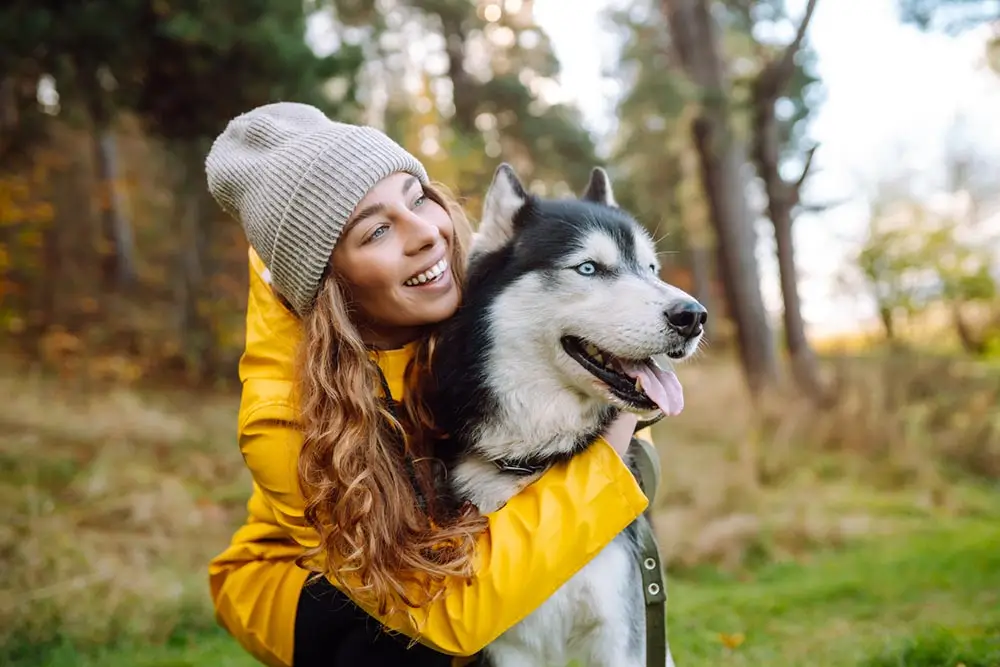
Training both ends of the leash
Dog training is a process that takes time, patience, and the right approach. While mistakes are part of learning, understanding the most common mistakes in dog training can make a big difference in your dog’s behavior and your relationship. Remember that every dog is unique, and so is their learning journey. Focus on progress, not perfection, and remember to reach out to your veterinarian or a certified professional dog trainer for support!
By Jaime Bast RVT, CCRP, KPA-CTP
Sources
Joseph. 2019. “The Power of Positive Reinforcement – Penn & Beyond.” Upenn.edu. June 13, 2019. https://ulife.vpul.upenn.edu/careerservices/blog/2019/06/13/the-power-of-positive-reinforcement/.
“Crate Training Your Puppy.” n.d. https://www.vetmed.ucdavis.edu/sites/g/files/dgvnsk491/files/inline-files/Crate_Training_Your_Puppy.pdf.
This content is for informational use only and does not replace professional nutrition and/or medical advice, diagnosis, or treatment. It is not a substitute for and should not be relied upon for specific nutrition and/or medical recommendations. Please talk with your veterinarian about any questions or concerns.

